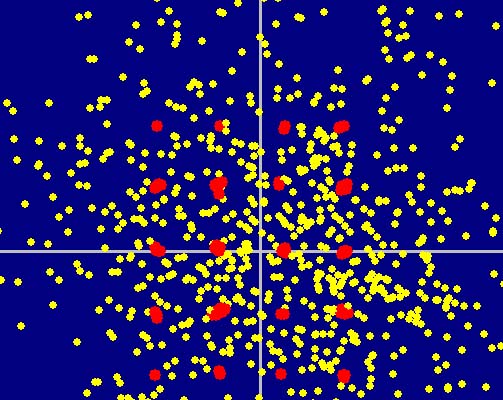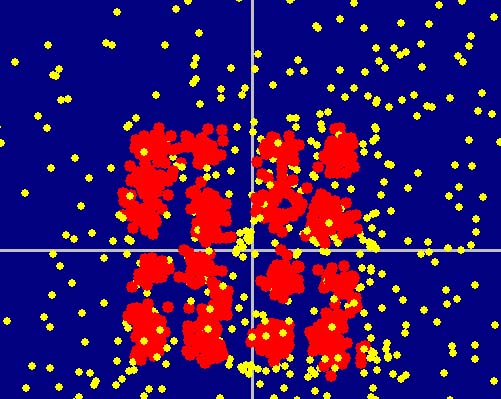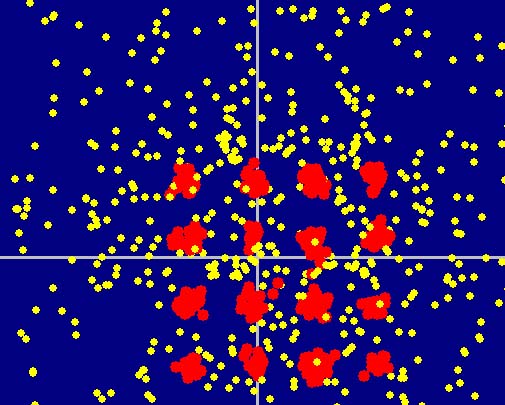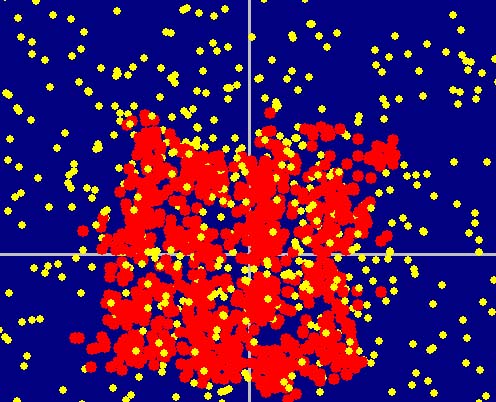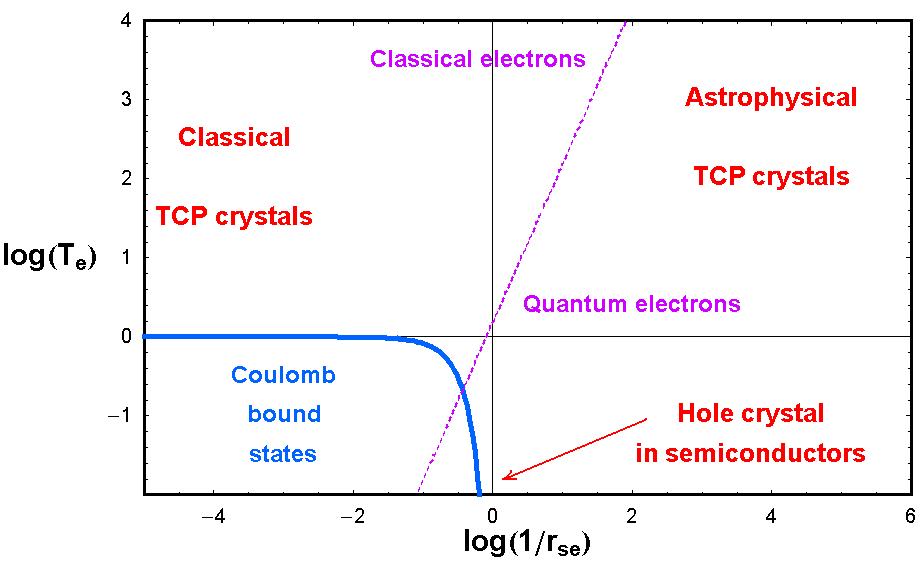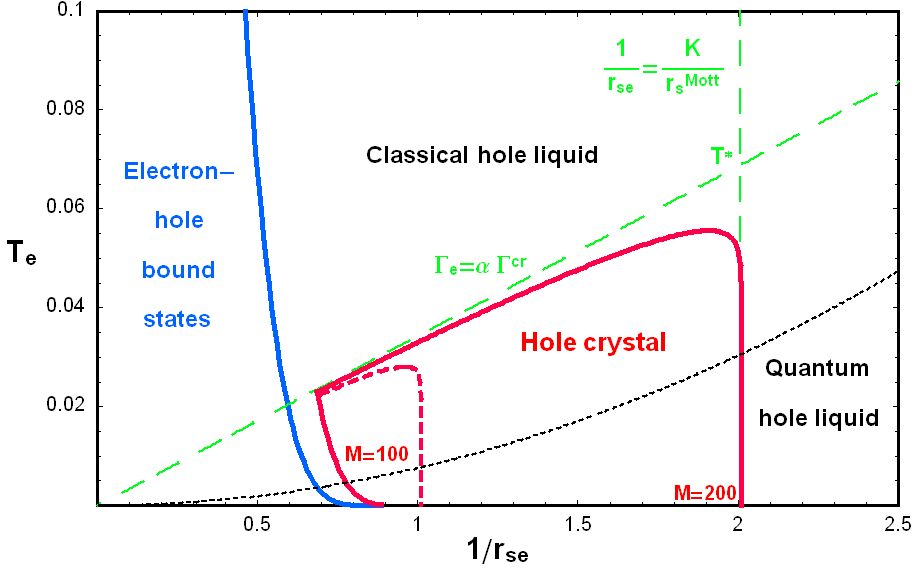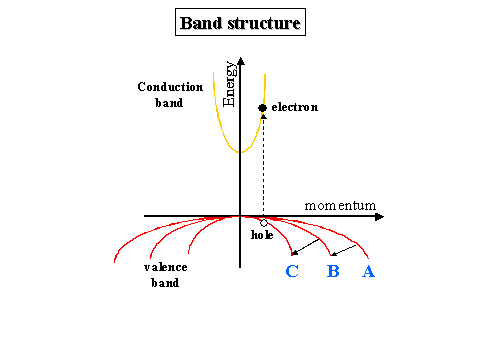 |
Schematic band structure of a semiconductor (the allowed energy bands versus
momentum). Electrons which are excited (e.g. by a laser pulse) from the valence band to the conduction band, leave a hole in the valence band. If many electrons are excited at the same time the remaining holes can show gas-like, liquid-like or crystal behavior. Which of these behaviors appears, depends on the hole (valence) band curvature. |
